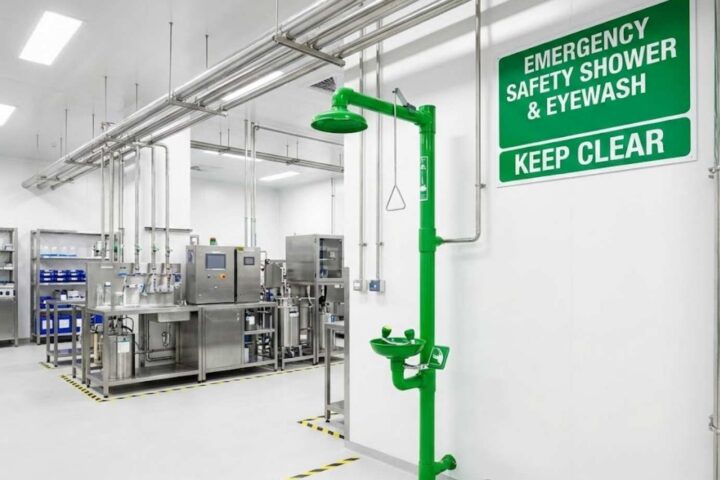It’s common knowledge in the construction industry that resources are becoming scarce, and finding sustainable solutions is becoming increasingly important. This is compounded by the fact that construction projects require a vast number of resources beyond just tools and materials—fuel and electricity, to name a few. We also must account for the chemicals and pollutants put out into the environment.
However, all these factors do not reduce the need for the construction industry as a whole. It’s up to project overseers and site managers to learn how to create a sustainable construction site.
Prioritize Reusable and Recyclable Materials
Almost every construction project will have some sort of leftover material once the job is done, and sites can reuse many of these supplies instead of throwing them away. To ensure you don’t lose out on any precious, reusable materials, setting up an environmental unit can help.
The unit can analyze leftover materials and determine if they’re safe to reuse for the next project. If none of these items are usable, you can also make it a point to use green materials, such as recycled wood, concrete, asphalt, steel, or brass.
Properly Discard of and Recycle Waste
Using recycled and leftover materials isn’t enough to make your material usage more sustainable. How you throw away and dispose of materials is important to consider if you want to create a sustainable construction site and reduce your environmental impact. This means that you and your workers need to be strict and diligent about the materials you simply dump in the trash and what goes in the recycling bin.
Materials such as wood, plastic, paper, cardboard, and glass are all recyclable. To encourage recycling, make sure recycling bins are easily accessible throughout your construction site.
Manage and Reduce Energy Consumption
From powering tools to lighting up at night, construction sites use a lot of electricity. While you can’t get rid of your site’s need for power, you can use more energy-efficient tools and equipment, such as LEDs and solar-powered lights. Also, using smart meters to turn equipment on and off during peak usage times can save electricity.
Using temporary fabric structures as break rooms or to house tools and equipment can also reduce your energy consumption. One of the main components of industrial tent structures is their fabric membrane, which naturally cools and lights the interior during the day, reducing electricity needs.
Minimize the Need for Paper
Blueprints, contracts, and documentation are par for the course when it comes to construction sites. It may not seem like much, but all that paper can add up over time, and the more paper your site uses, the less sustainable you’re being. Fortunately, technological innovations have made it easier to go digital and reduce the need for paper.
By making the switch to digital, you not only reduce the need for paper, but you also mitigate the risk of losing important documents. You’ll never have to read shoddy handwriting or deal with improperly filled-out paperwork ever again.








